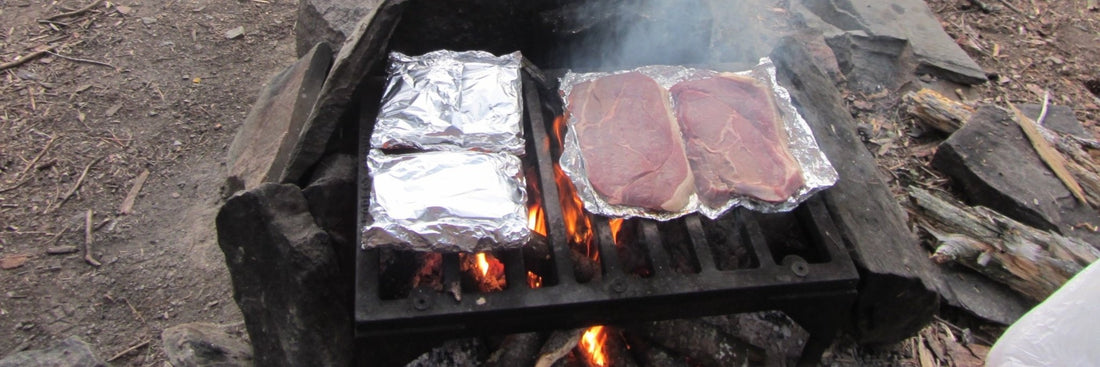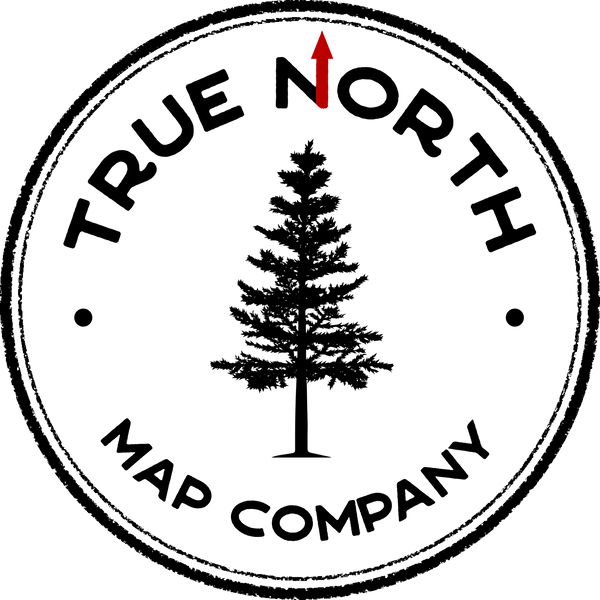
Backcountry Cooking in the Boundary Waters Canoe Area (BWCA)
Jerod ArlichShare
There’s something special about cooking in the wilderness—especially in a place like the Boundary Waters Canoe Area (BWCA), where the quiet solitude and fresh air make even the simplest meals taste incredible. Over the years, I’ve honed my backcountry cooking skills, balancing fresh ingredients, convenience, and, of course, a respect for the environment. Let’s dive into some of the methods, meals, and tips that can make your BWCA cooking experience both enjoyable and efficient.
Cooking Methods in the BWCA
The BWCA offers a variety of ways to cook, whether you’re using a camp stove for quick efficiency, a firegrate for that smoky flavor, or a reflector oven for baking up something a little more special.
1. Firegrate Cooking
Every designated campsite in the BWCA has a built-in firegrate, and cooking over an open flame is an experience in itself. You’ll get that distinct smoky flavor on whatever you cook, whether it’s fresh fish or a skillet meal. Some people choose to pack in a single, large cast iron pan—though it’s heavy, it’s worth its weight in gold for campfire cooking. A cast iron skillet distributes heat evenly and retains it well, making it perfect for frying up fish, searing meats, or even baking cornbread over the fire. Just be sure to build a hot bed of coals for more controlled heat and avoid scorching your food.
2. Camp Stove Cooking
I always bring along a lightweight camp stove for those days when the weather doesn’t cooperate or you need to cook quickly. It’s reliable and allows for more precise control over the heat. I often use this for simmering stews, boiling water for pasta, or preparing those easy freeze-dried meals.
3. Reflector Oven
This one’s a bit of a luxury but worth it if you’re planning to impress your campmates. A reflector oven lets you bake in the backcountry. I’ve made everything from fresh biscuits to brownies in mine. Just prop it up next to the firegrate, and let the radiant heat work its magic. It takes a bit of practice, but nothing beats fresh-baked bread with a view of the lake.
First Day Meals: Fresh Ingredients and Meat
One of my favorite things about backcountry camping is that first day when you can indulge in a meal with fresh ingredients before they spoil. I often pack frozen meat, which is thawed by the time I hit camp, making for a hearty, fresh meal.
• Steak Dinner: After setting up camp, there’s nothing like grilling up a thick, juicy steak over the firegrate. Bring some pre-chopped veggies (bell peppers, onions, zucchini) to grill alongside, and you’ve got a perfect first-night feast. Serve with a side of instant mashed potatoes (easy to cook on the camp stove) for a meal that rivals anything at home.
• Chicken Stir-Fry: If you’re up for something a little more elaborate, marinate chicken breasts (freeze them in the marinade) and bring along some fresh veggies like broccoli, carrots, and bell peppers. Cook the chicken on your camp stove, then toss the veggies in for a quick stir-fry. Serve over instant rice. It’s a fresh, flavorful meal that’s surprisingly easy to make in the backcountry.
More Complex Meals for Later in the Trip
Once the fresh ingredients are gone, I switch to meals that are a bit simpler but still satisfying.
• Reflector Oven Pizza: Yes, you can make pizza in the BWCA! Bring along some pre-made pizza dough, sauce, cheese, and your favorite toppings. Set up the reflector oven by the fire and let the dough bake for a few minutes. Add your sauce and toppings, and bake until the cheese is melted. It’s a little slice of heaven after a long day of paddling.
• Couscous with Dried Veggies and Sausage: Couscous cooks quickly and pairs well with dried veggies and a hard sausage like summer sausage. It’s light to pack but full of flavor and keeps your energy up for the next day’s adventures.
Simple Freeze-Dried Meals
As the trip wears on, I tend to rely more on freeze-dried meals for their convenience and minimal cleanup. There are a ton of good options these days, from pad Thai to beef stew, and all you need is boiling water. I always have a few of these meals on hand for the last couple of days when I’m low on energy and just want something quick.
Cooking Fresh Fish: A Boundary Waters Tradition
If you’re lucky enough to catch some fresh walleye, northern pike, or smallmouth bass, you’ve got yourself one of the best meals the Boundary Waters has to offer. There are a few different ways to prepare your fish:
• Pan-Fried Fish: My go-to method. Coat the fillets in a bit of flour, salt, and pepper, then fry them in oil or butter on your camp stove or over the firegrate. The crispy, golden edges paired with the soft, flaky meat is unbeatable.
• Foil Packets: Wrap your fillets in foil with some lemon slices, herbs, and a drizzle of oil. Cook the packets over the firegrate or on coals for about 10-15 minutes. It’s simple, clean, and keeps the fish moist.
• Fish Tacos: If you’re feeling creative, bring along some tortillas, hot sauce, and coleslaw mix. Pan-fry your fish, then throw together some fish tacos by the fire. It’s a fresh and fun meal that adds a bit of variety to your trip.
BWCA Food Cleanup and Disposal Rules
When it comes to food cleanup, the BWCA has strict rules to protect the wilderness and wildlife:
• Pack Out All Food Scraps: Leftover food or scraps should never be disposed of in the water or left behind. I use a small, designated garbage bag that I keep hung with the food pack to avoid attracting animals.
• No Washing in Lakes or Streams: Always wash dishes and cookware at least 150 feet away from any water source to avoid contaminating it. Use biodegradable soap sparingly.
• Bear-Hanging Your Food: Proper food storage is a must. Hang your food pack at least 12 feet off the ground and 6 feet from tree trunks. You don’t want to wake up to a bear rummaging through your provisions.
In Conclusion: Eating Well in the BWCA
Cooking in the BWCA doesn’t have to be limited to freeze-dried meals (though they certainly have their place). With a bit of planning, you can enjoy fresh, hearty meals that make your trip even more memorable. Whether it’s grilling a steak on the first night, baking bread in a reflector oven, or frying up freshly caught fish, backcountry cooking is one of the joys of canoe camping in the BWCA. Just remember to respect the rules of Leave No Trace, and you’ll leave the wilderness just as pristine as you found it—well-fed and ready for more adventure.
